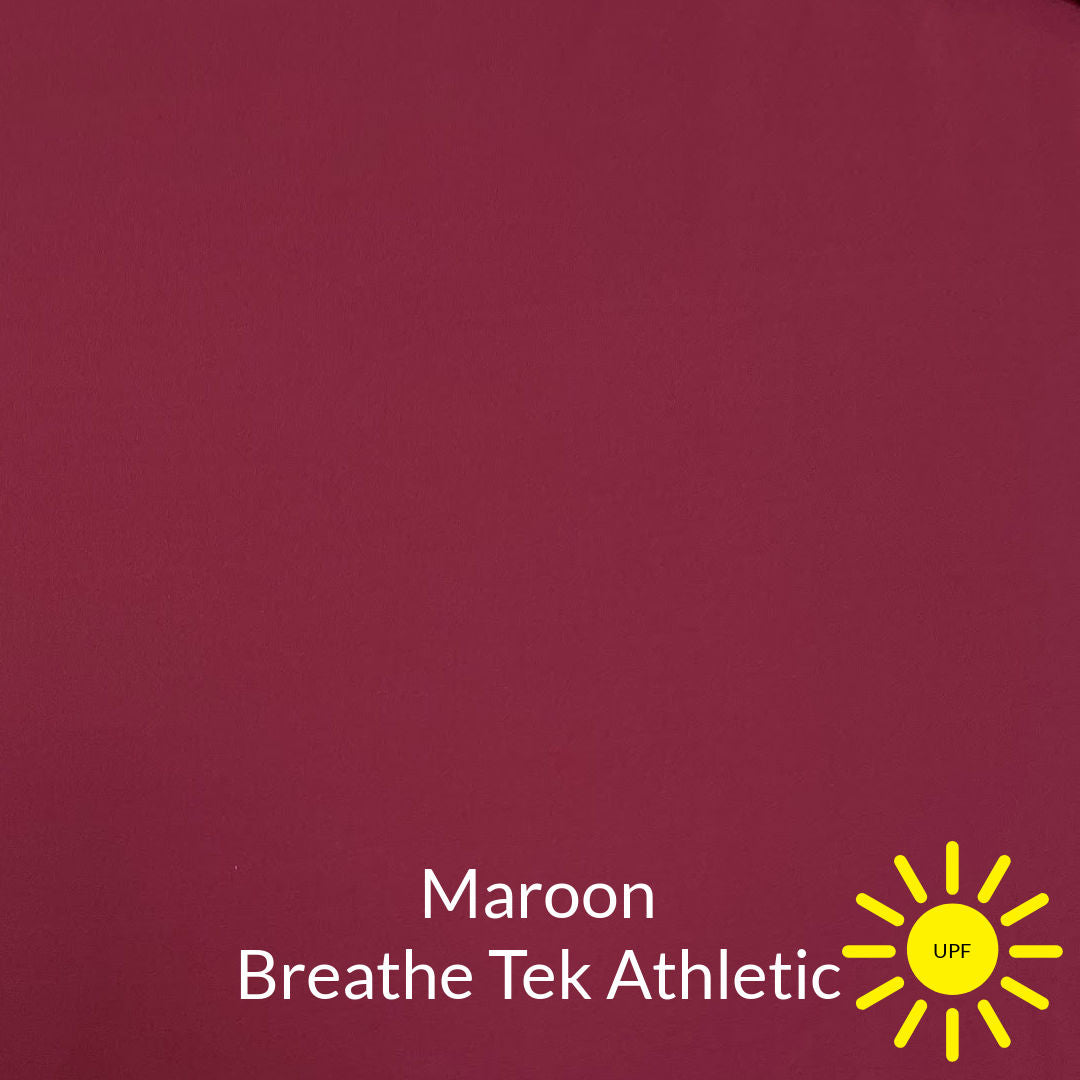What makes fabrics moisture-wicking
When you mop up a puddle of water with an absorbent fabric, the fibers of the fabric pull the moisture just like an oil lamp wicks oil to burn. Most natural fabrics such as cotton are technically "wicking" ...that's why they get wet when we sweat. But they are the last thing you would choose if you want to stay dry.
The problem is that cotton and other absorbent fabricts don't dry out fast...they hold onto the moisture until it evaporates, often slowly. This is where the technical "moisture management" fabrics are more efficient. These fabrics are actually hydrophobic (do not attract moisture). Rather than absorb moisture, they pull it from the source using capillary action, and the water is then spread across their outer surface where it can easily evaporate. While it seems like they are absorbing water, they actually aren't. Good thing!
Some moisture-management fabrics such as Polartec Power Dry and Power Grid use a mechanical wicking technique. This means that small yarn is knit to larger yarn, thus causing the fabric to pull moisture. As it pulls the moisture it spreads to the surrounding surface. This patented technology is also used by Polartec on many of their Power Wool styles. Power Wool is soft merino, knitted to synthetic outer layer that moves moisture from the wool to the outer surface.

Other ways of enticing fabrics to "wick" is to use various treatments. Sometimes they work fairly well but most chemical treatments are temporary and wash out.
While faster drying fabrics were developed for sports, consider using them for everyday garments such as nighties, underwear, robes, and lightweight hoodies. Once you integrate function into your fashion choices, you'll be so much happier with your makes.
Whichever process you choose, its important to stay away from fabric softeners. Whether liquid or dryer-sheet form, they interfere with both types of wicking processes by smothering the fibers.
